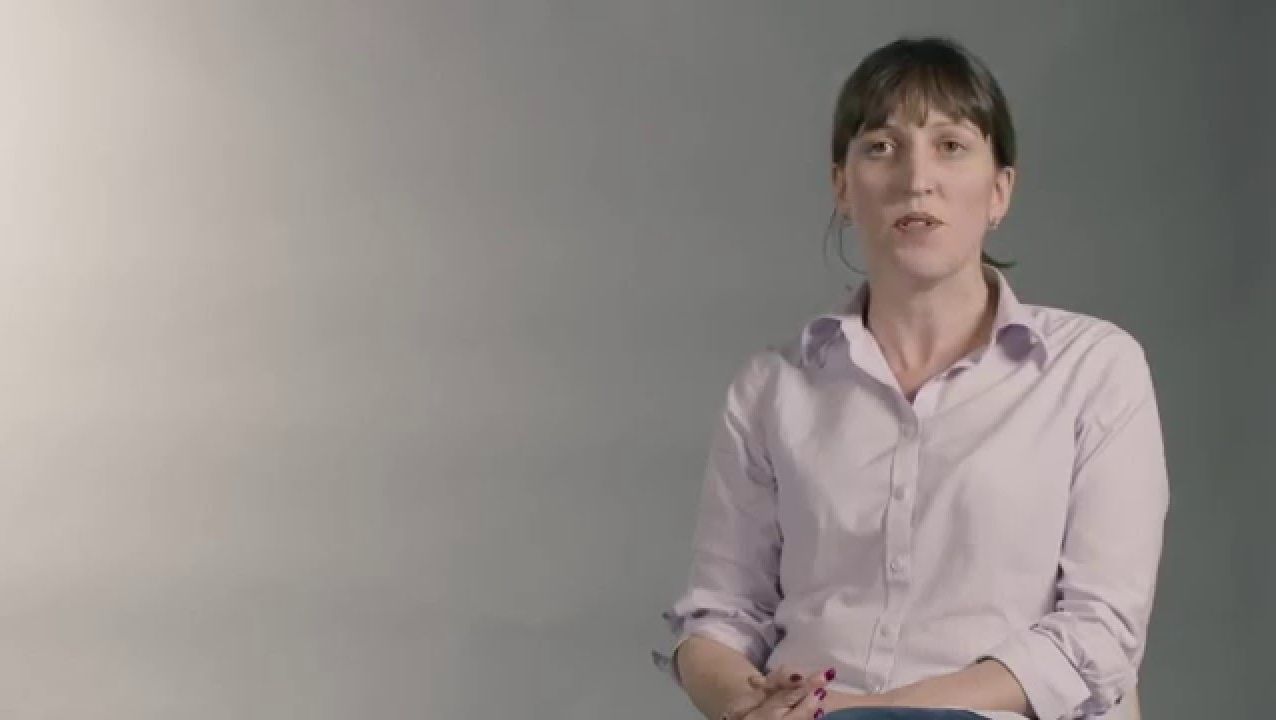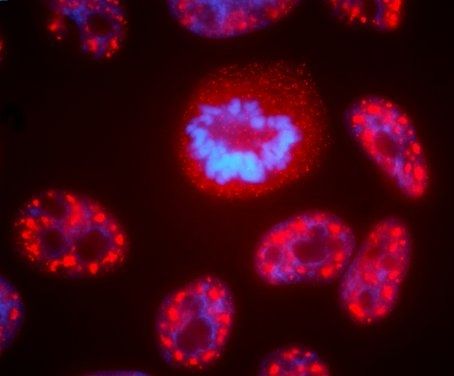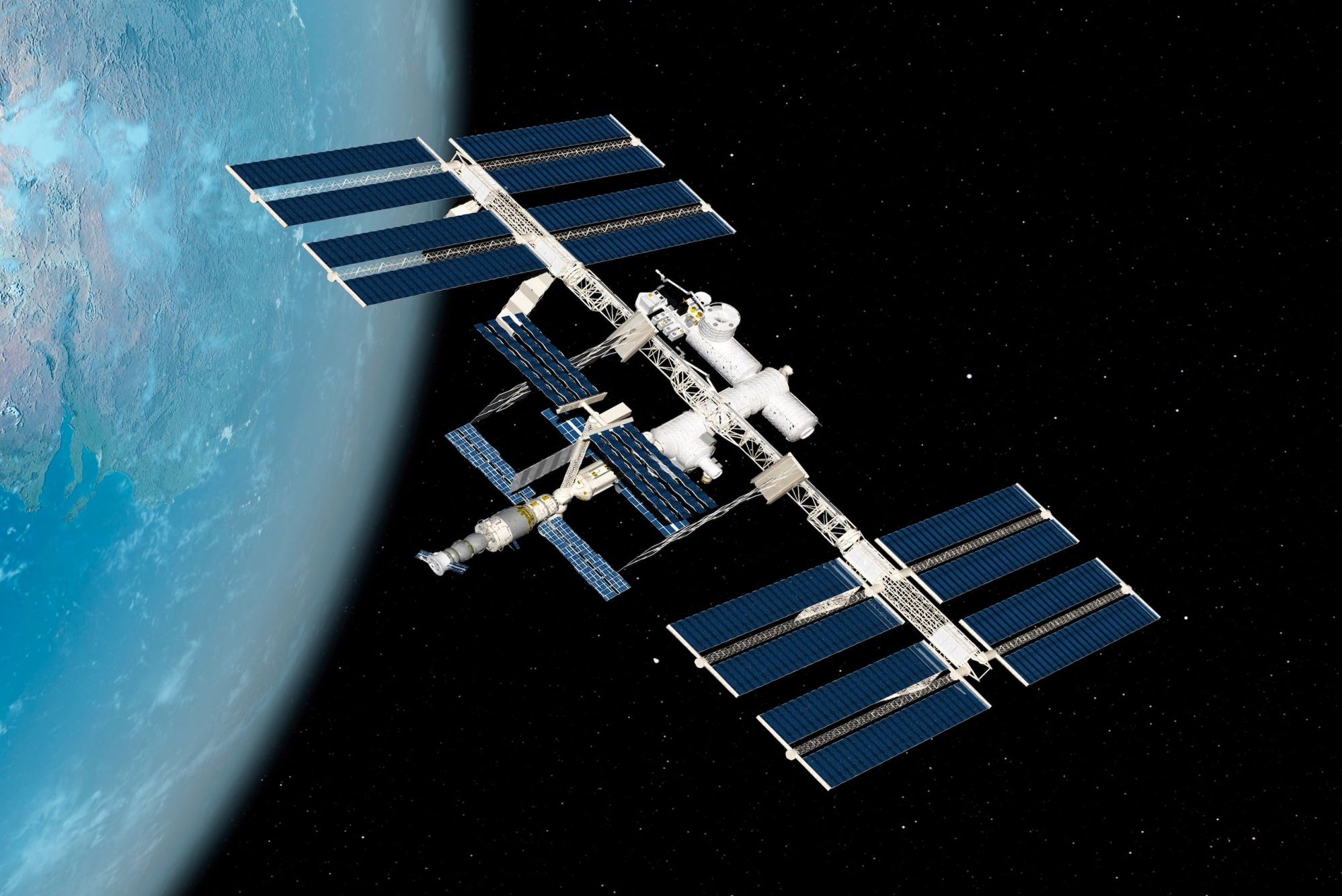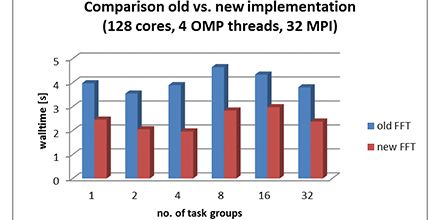May 2, 2016
10 responses to “Hacking Aging”
Posted by Maria Konovalenko in categories: biotech/medical, law, life extension, mathematics
What would you say if I told you that aging happens not because of accumulation of stresses, but rather because of the intrinsic properties of the gene network of the organism? I’m guessing you’d be like: surprised .
So, here’s the deal. My biohacker friends led by Peter Fedichev and Sergey Filonov in collaboration with my old friend and the longevity record holder Robert Shmookler Reis published a very cool paper. They proposed a way to quantitatively describe the two types of aging – negligible senescence and normal aging. We all know that some animals just don’t care about time passing by. Their mortality doesn’t increase with age. Such negligibly senescent species include the notorious naked mole rat and a bunch of other critters like certain turtles and clams to name a few. So the paper explains what it is exactly that makes these animals age so slowly – it’s the stability of their gene networks.
What does network stability mean then? Well, it’s actually pretty straightforward – if the DNA repair mechanisms are very efficient and the connectivity of the network is low enough, then this network is stable. So, normally aging species, such as ourselves, have unstable networks. This is a major bummer by all means. But! There is a way to overcome this problem, according to the proposed math model.
















